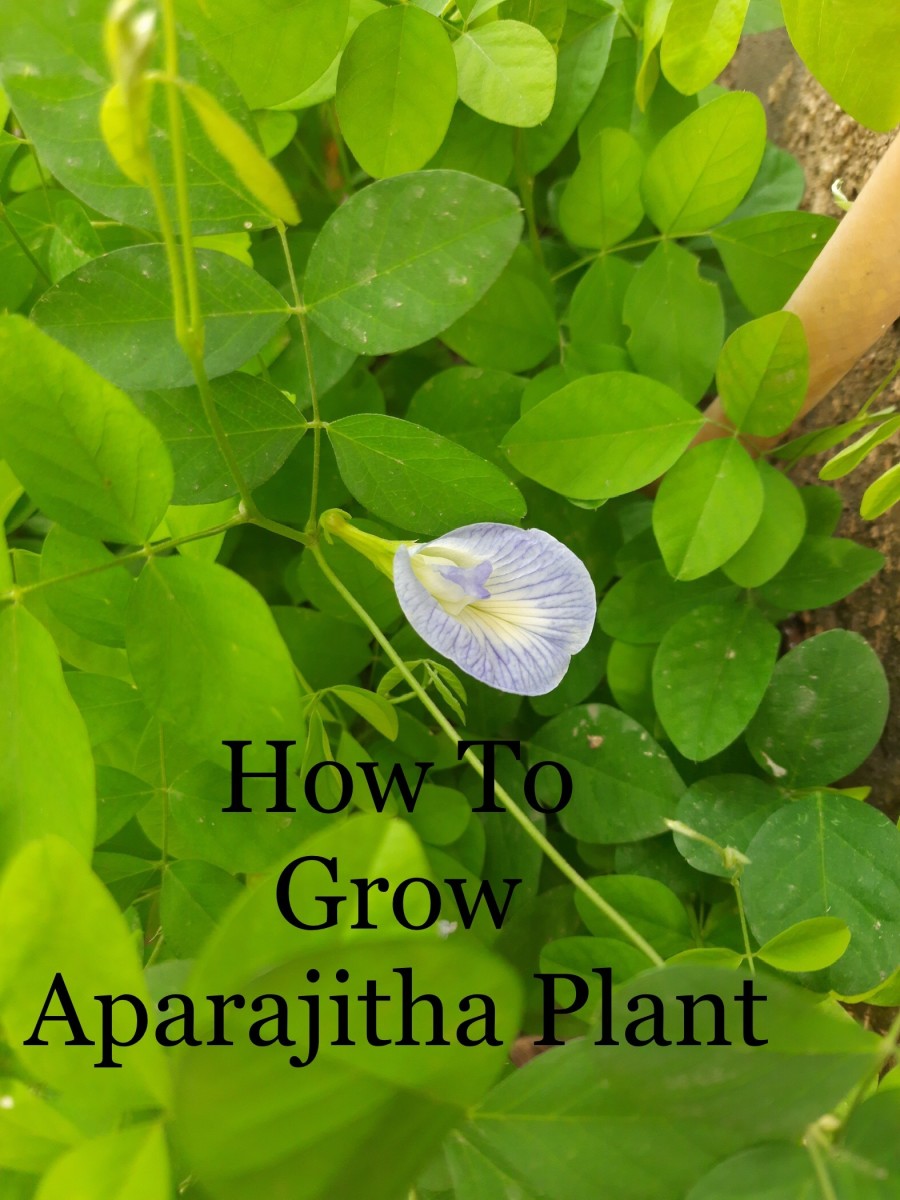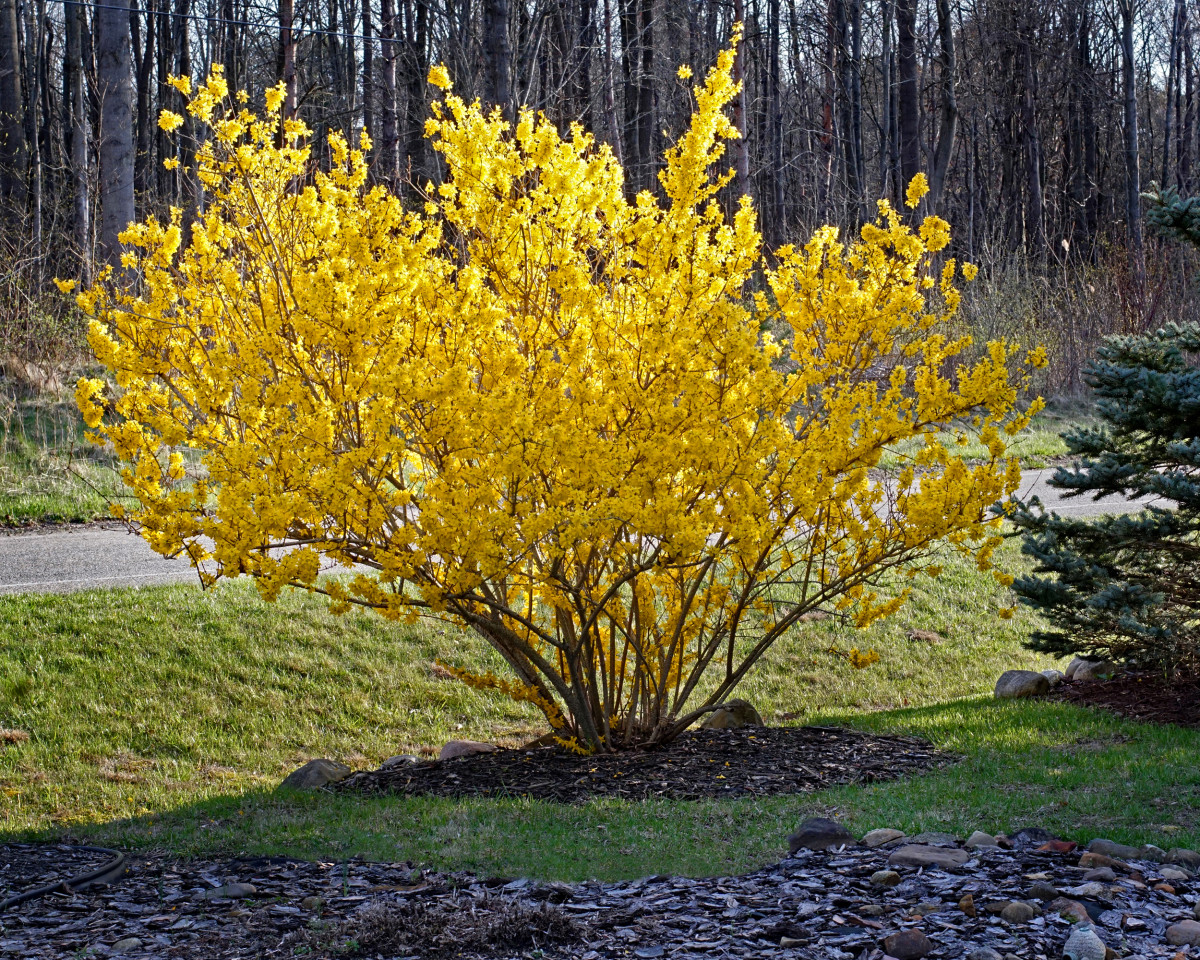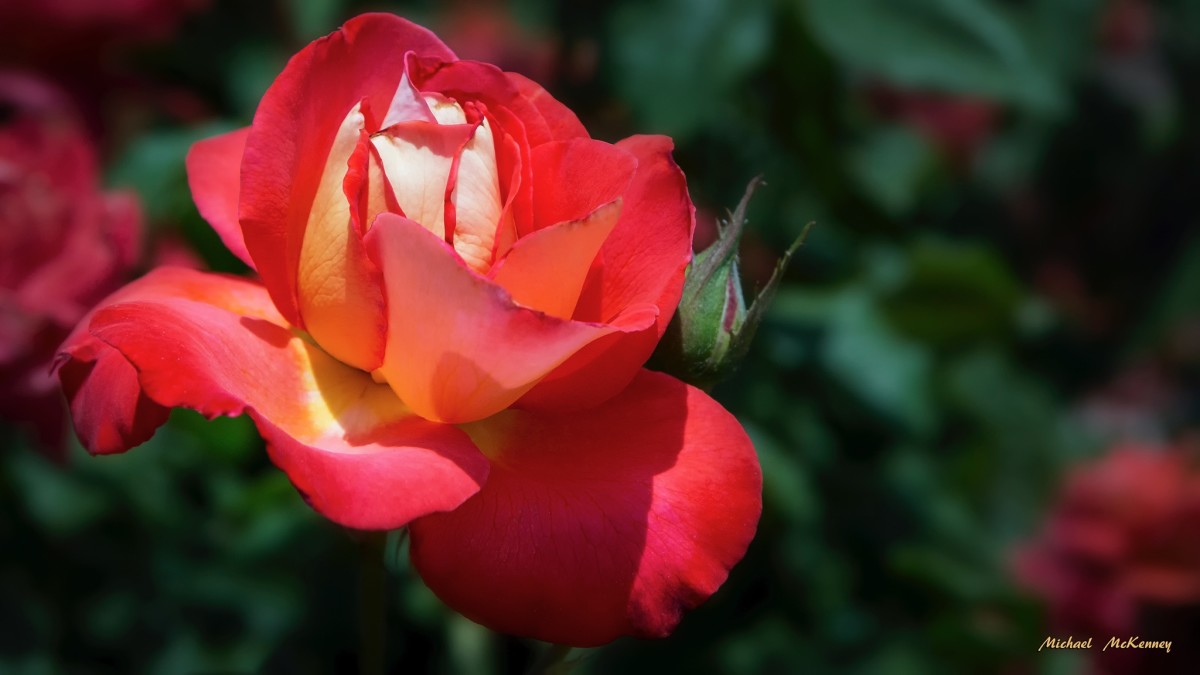How to Plant Evergreens!
First off what are evergreens. As the name suggests evergreens are trees, shrubs or plants that do not drop their leaves (needles) in the fall and thus provide year-round color and beauty in our gardens and yards. Here in my neck of the woods and the rest of the colder region landscapes evergreens are most popular as they add extra interest to yards and gardens once the seasonal flowers (annuals) die off or go dormant (perennials).

Although called evergreens they come in many varieties besides just green. Some new and some not so new like silver, blue, brown or gold. (mind you if I have a choice I would not choose brown or gold as that somehow seems to defeat the purpose of planting evergreens). Planting several evergreens together of different shade, shape and type will guarantee a splash of color in any yard or garden.
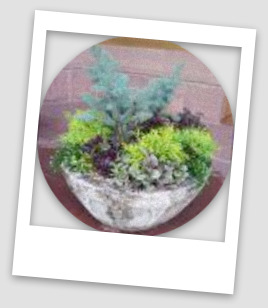
Selecting the right location.
Selecting the right location is just as important for evergreens as it is for all other plants or trees. Most importantly evergreens of any type need to have well-drained soil and good sun. That does not mean you can not plant your evergreens in a clay soil or on the north side and in the shade of the house. It just means that you will have to amend the soil and you will have to choose a tree that likes the shade otherwise your evergreens will eventually develop root rot and die a slow and painful death.
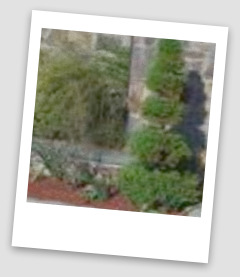
Consider space availablility!
There are so many varieties of evergreens that it would take quite a few articles to describe them all and also the care that they all individually would need. So make sure you talk to the people at the nursery to find out all the particulars for the tree, shrub or plant of your choice.
Take the juniper for example, there are at least 67 species of junipers alone. Some come in globe, cone or pyramid shapes, some are low spreading shrubs and others grow almost a foot per year up to 90-120 feet tall. That is why it's important to keep in mind how much space is available.
Fall is generally the best time to plant evergreens because they are going into their dormant phase soon. Also when planting in the fall (before the ground is too cold) the tree, shrub or evergreen plant will have some time to settle into its new home. However even early spring just shortly after the ground is coming un-thawed and the perma-frost is gone is still a good time too.
Planting in the heat of the summer is not a great idea it's like playing Russian roulette only 20-30 % of the trees will survive. As with all the plants but especially with the evergreens. Rather than having to deal with just settling its roots into its new surroundings it will need to fight to supply water and nutrients to its limbs, leaves or needles. Even if the evergreen survives chances are that part of the root system will die off and it either will stay stunted or it will just take a few years to die off.
Buying from a local reputable nursery makes the best sense as the trees or plants are localized to the climate etc. There are all kinds of deals available over the internet that sound like fabulous bargains but believe me in the long run you won't save money as the survival rate is much lower on any plant matter that is shipped with bare roots (as almost all of them are shipped that way now-a-days, to keep the shipping cost to a minimum etc.).
Lets plant our evergreen tree shrub or plant!
You decided on the perfect specimen, the perfect spot, you figured out the soil and have all the amendments on hand....now lets get that beauty into the ground.
- You will need to dig a hole that is
two and a half times as wide as the size of the nursery container, and at least 6-8" inches
deeper. (this will loosen the dirt all around the root ball and the little fine rootles will have an easier time spreading.)
- Collect the removed soil in a wheelbarrow.
- Mix a few shovel fulls of cow or sheep manure into the soil in the wheelbarrow and a bit of compost . (or if you must use chemicals then ad a bit of slow release fertilizer)
- Pour a cup or two of water into the hole too
- Drop in a cup or two of coffee grinds and (don't laugh) a couple of banana peels and then an inch or two of compost, straw or leaves into the hole.
- Again if the compost looks dry add a couple of cups of water.
- Gently take out the evergreen from it's container if its the plastic sort. Some nurseries have gone back to simply tying the root-ball in its growing dirt into a chunk of burlap sacking. (I like this the best and go looking for them as I have had the best luck with these) Other nurseries use the pressed peat pots for their trees and shrubs. In both of these cases the whole works can go into the ground as it will give extra feeding material as they rot away. In both of these cases you just need to carefully give a few cuts into the burlap fabric or peat pot so the roots can spread out easier and faster, way before the burlap or peat pot rots away.
- Place the evergreen carefully in the center of the hole. If it sits too
low in the hole, add some extra soil from the wheelbarrow enough so that
it will be up to the level of the surrounding soil.
- Now gently spread out the roots a bit again to give them an extra hand to get established faster and encourage them to spread out well.
- Now holding the evergreen straight back-fill the hole with the soil half way again add a couple of cups of water. Finish filling the and gently tamp it down to remove any gaps.
- At this point if you have planted your evergreen in a windy location pound a stake next to it just until the roots have time to settle and take a hold of their location. Loosely tie the evergreen to the stake. This is not usually needed if you are planting a shrub but here to it will not hurt it if you want to give it a bit of support for a month or two.
- Now water the evergreen to ensure the soil is evenly moist. Water it daily for the first two to three weeks and then every other day for the next three to four weeks. TIP: Poke your finger into the soil a couple of inches deep next to the evergreen tree trunk, if your finger comes out dry you will need to give it more water.
- It usually is a good idea to wait a few hours or even until the next day and then give the tree another good soaking before applying a layer of mulch around the whole surface which will prevent weeds from growing and also help to retain the moisture.
- Once the heat of the summer comes and it's dry out don't forget to give your new evergreen a watering every now or then but do it in the evening so that the sun doesn't burn the needles etc.
- How To Choose Apple Trees!
If you're seriously contemplating having apples to harvest from your backyard, growing apple trees from seed is not really feasible. (read on to find out why) However it is a really nice project to do with...
- How to prune fruit trees!
First of all a let me say this; fruit trees do not need to be pruned to produce fruit. The fruit production of a tree is a natural occurrence which ensures the survival of a tree. That means a gardener...


